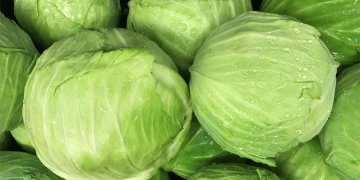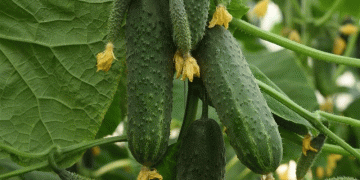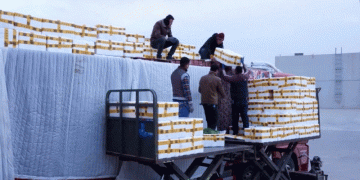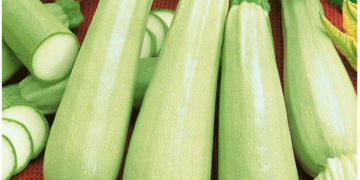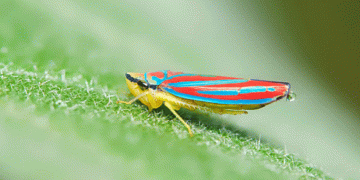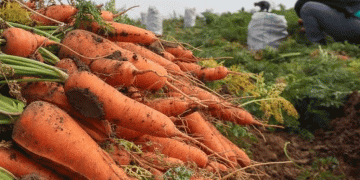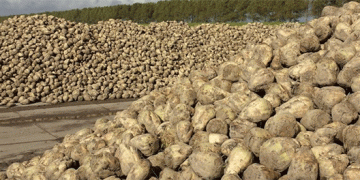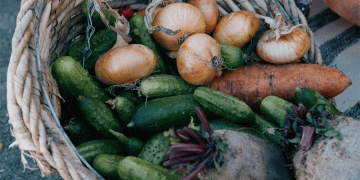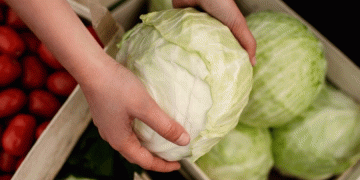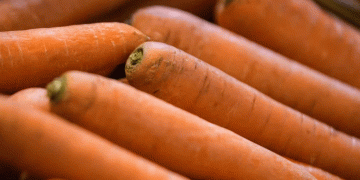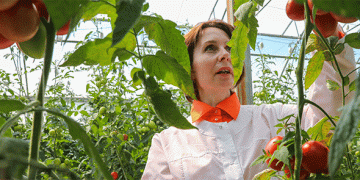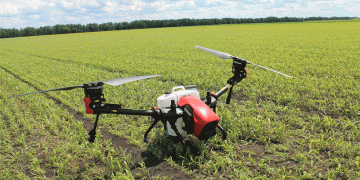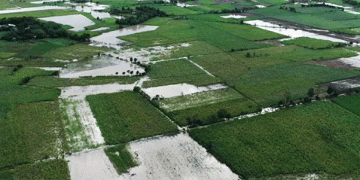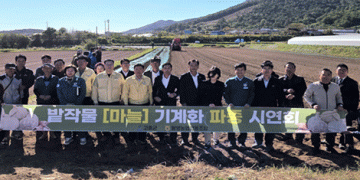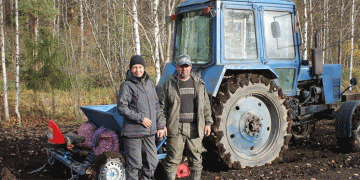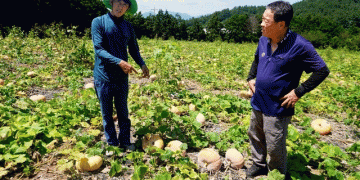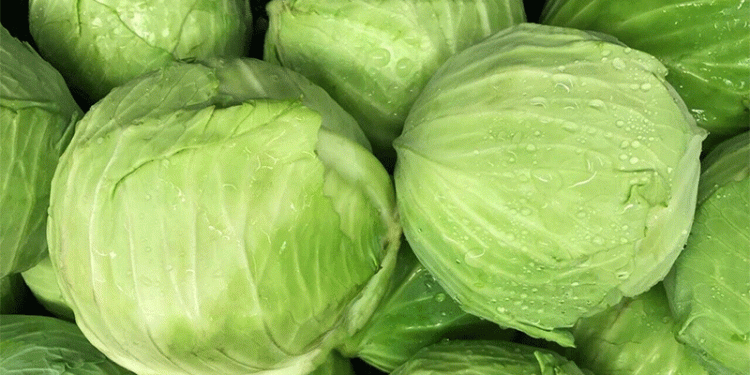August brings severe pressure from:
- Cabbage white butterflies (Pieris rapae) – 3 generations per season
- Diamondback moths (Plutella xylostella) – Can cause 100% crop loss
- Cabbage loopers (Trichoplusia ni) – Resist 43% of synthetic pesticides
Why Mustard Fails (And What Works Better)
Mistake: Using mustard sprays
- Science: Glucosinolates in crucifers (including mustard) actually attract pests (Journal of Chemical Ecology, 2023)
- Field data: Increases infestation by 35-60%
Solution: Vanillin-based repellent
Proven Formula:
| Ingredient | Purpose | Quantity |
|---|---|---|
| Pure vanillin | Odor masking | 5g/10L |
| Ethanol (or propolis tincture) | Solubilizer | 50ml |
| Egg yolk mayo emulsion | Adhesive | 200ml |
| Water | Carrier | 10L |
Efficacy Comparison (University of Warsaw Trials)
| Treatment | Caterpillar Reduction | Residual Days |
|---|---|---|
| Spinosad | 88% | 3 |
| Bt (Bacillus thuringiensis) | 82% | 5 |
| Vanillin solution | 92% | 7 |
| Mustard spray | -40% (attracts more) | N/A |
Application Protocol
- Timing: Apply at 7-10 day intervals after rain
- Coverage: 50-70L/hectare (even leaf coating)
- Safety: No PHI (Pre-Harvest Interval) vs. 14 days for synthetics
Bonus Use Cases
- Raspberries: Deters Japanese beetles (65% efficacy)
- Kale: Reduces flea beetle damage by 41%
Economic Impact
- Costs $0.12/L vs. $1.50-$4.00 for commercial biopesticides
- No specialized equipment needed (standard sprayers work)
Rethinking Pest Attractants
This discovery flips conventional wisdom by:
✓ Exploiting insect olfaction rather than poisoning
✓ Leveraging food-grade ingredients for organic systems
✓ Providing cross-crop protection
Farmers should test vanillin solutions alongside their IPM programs, especially for late-season brassicas.
